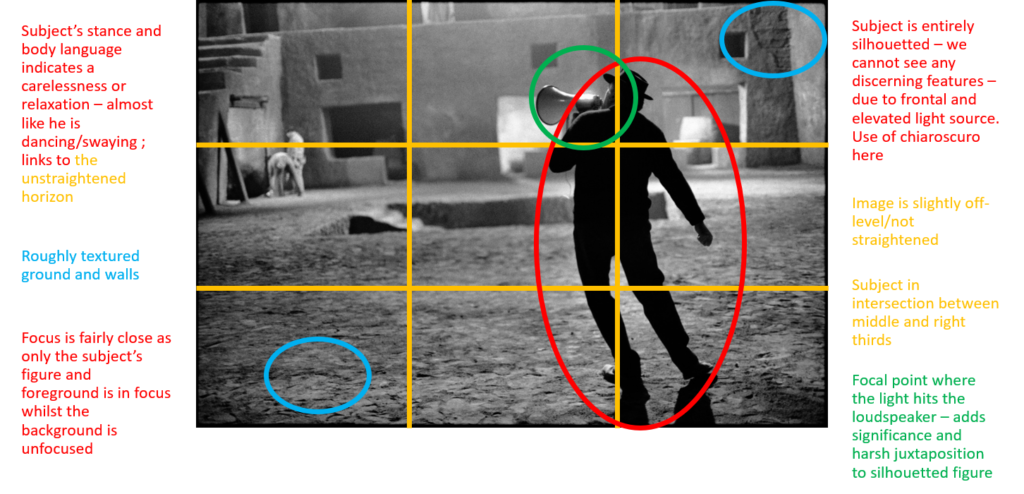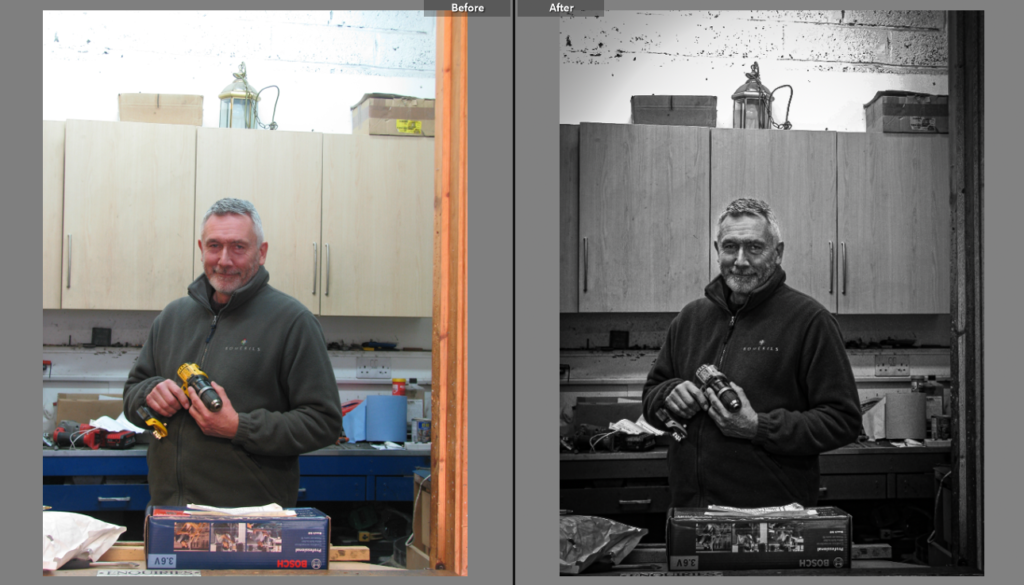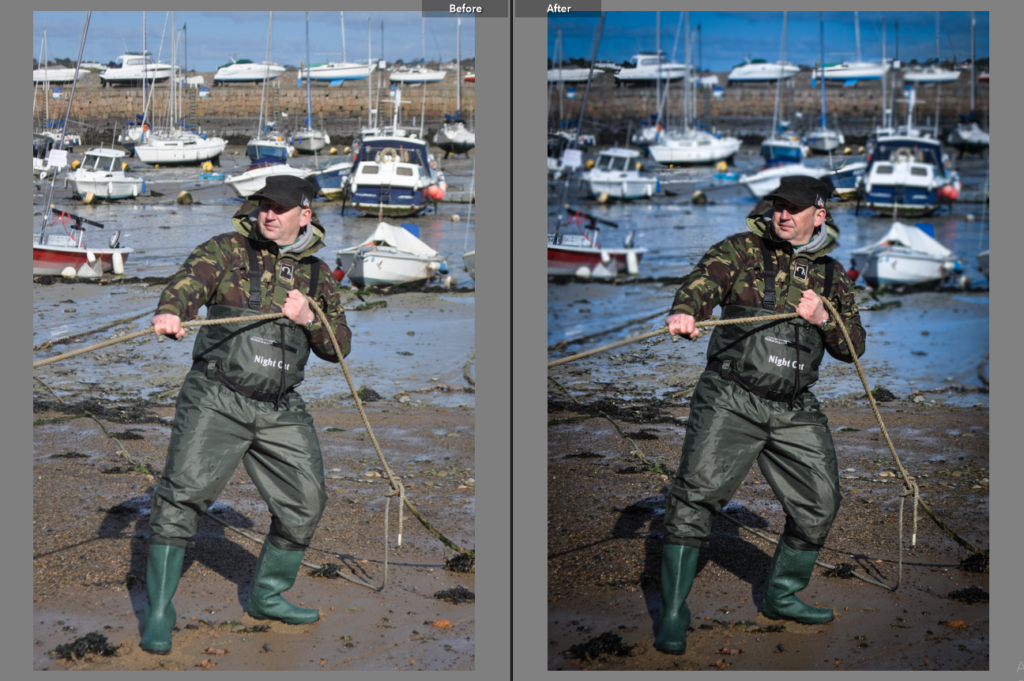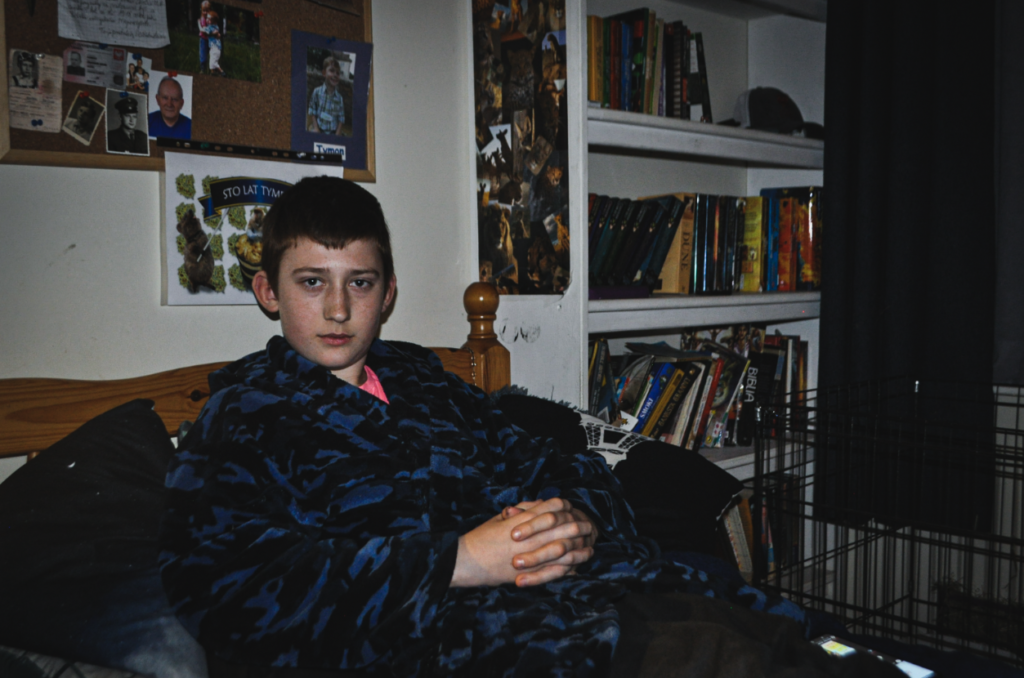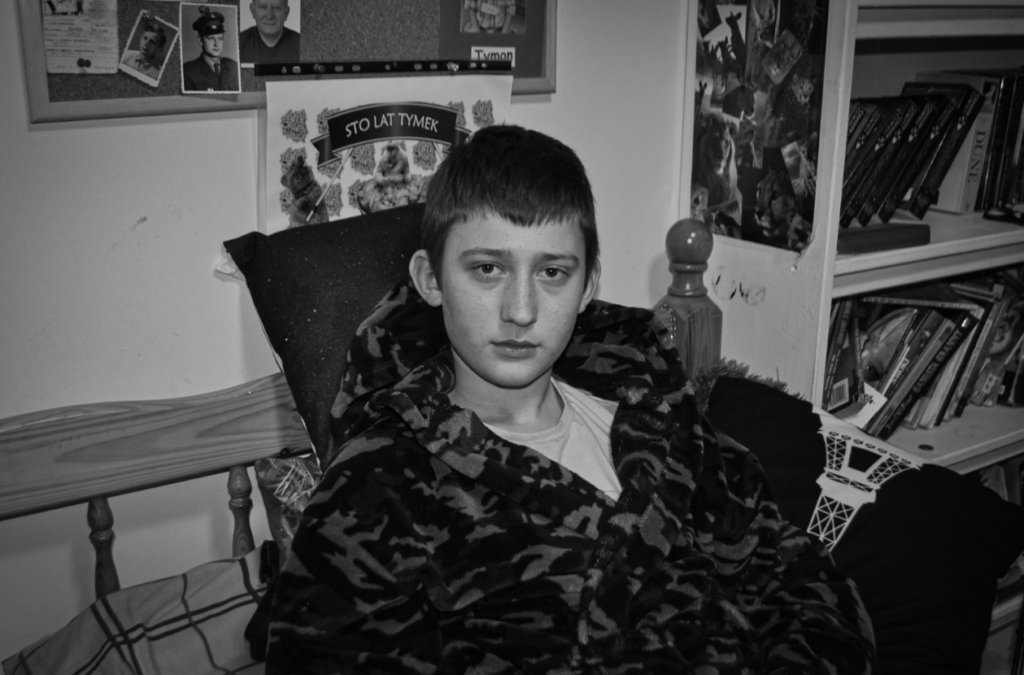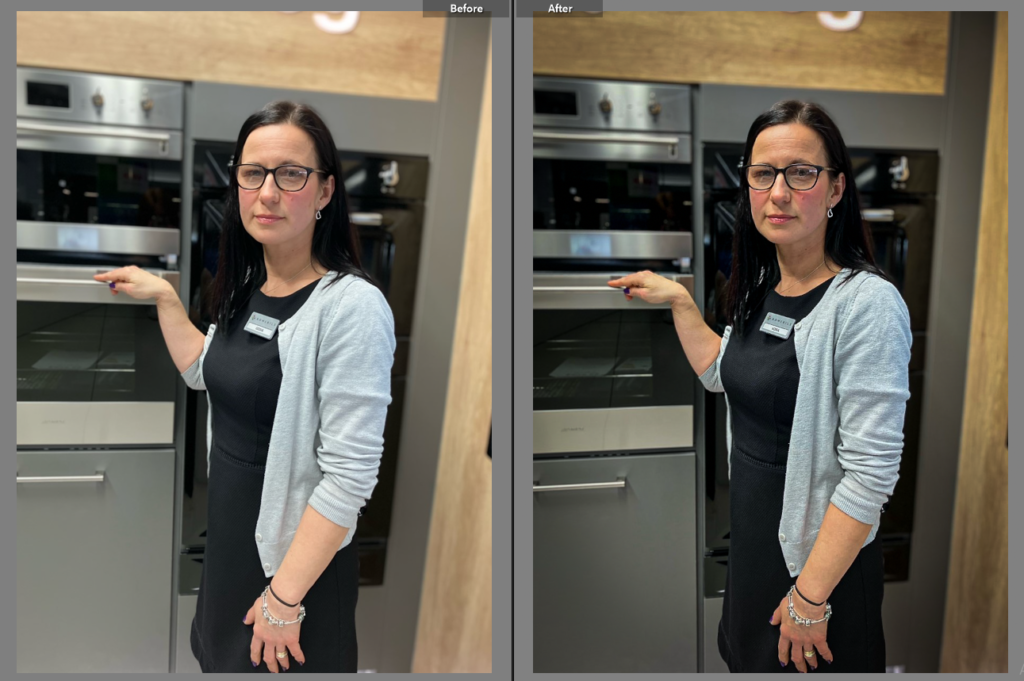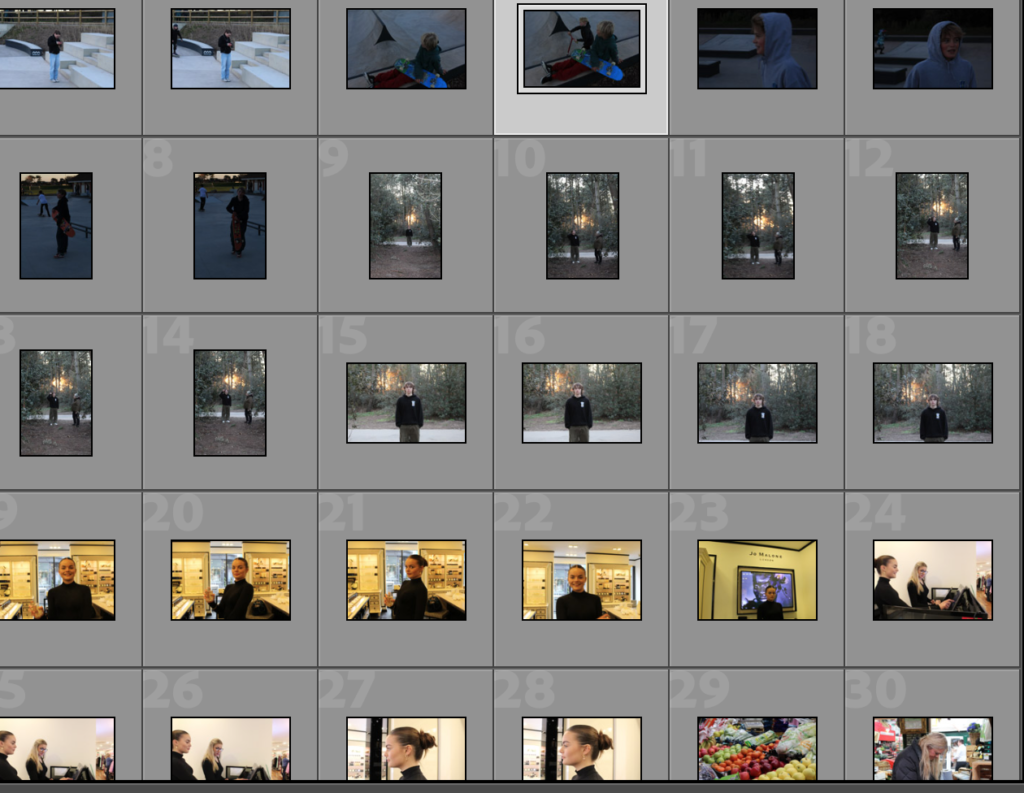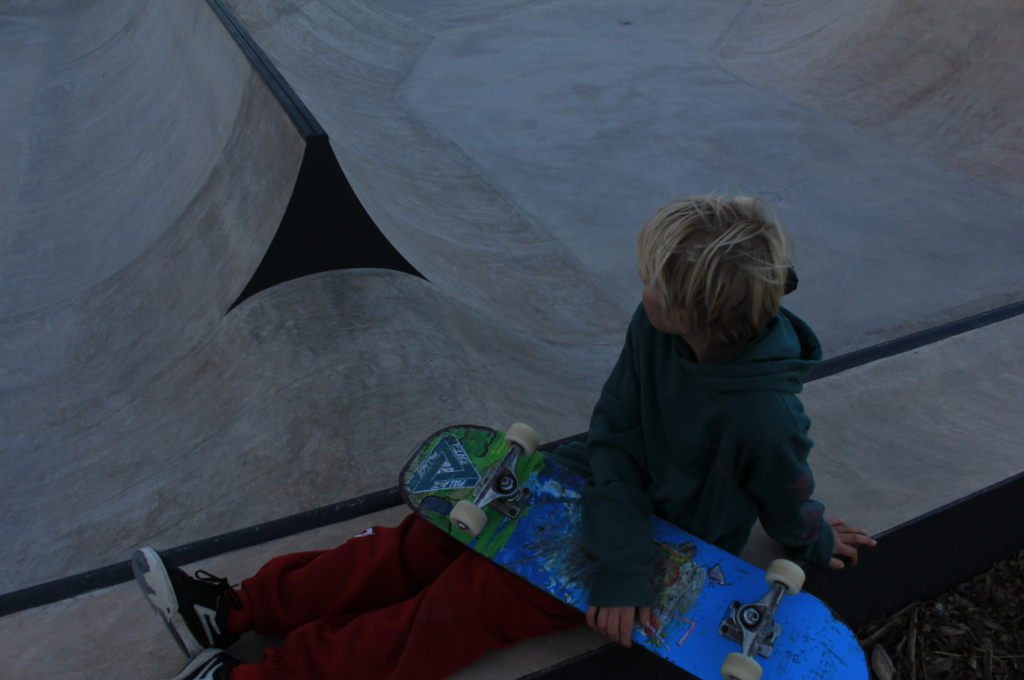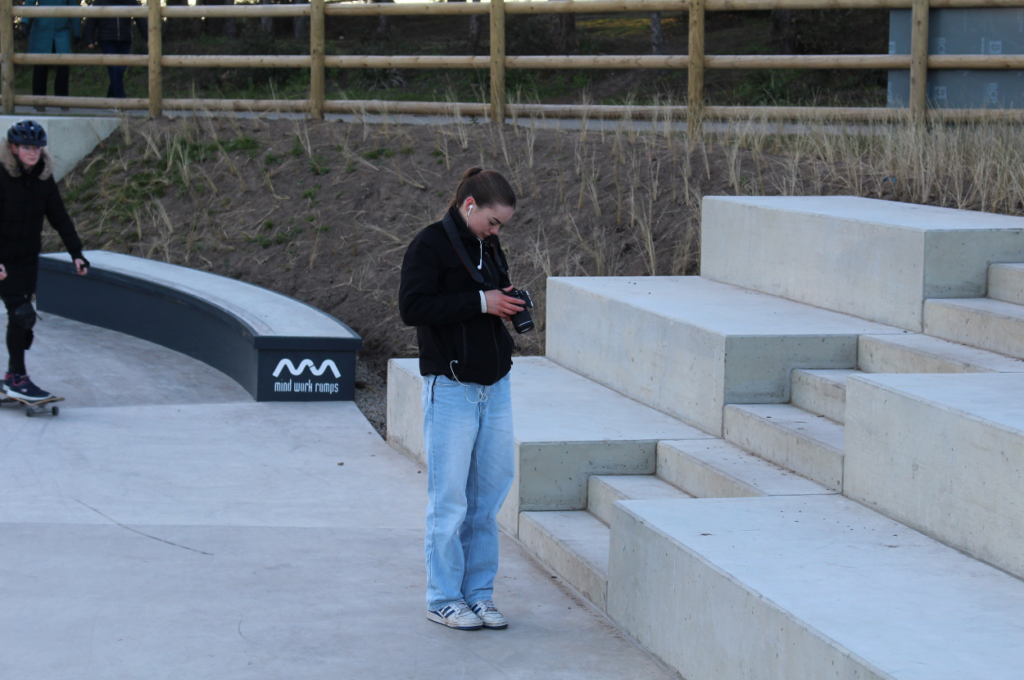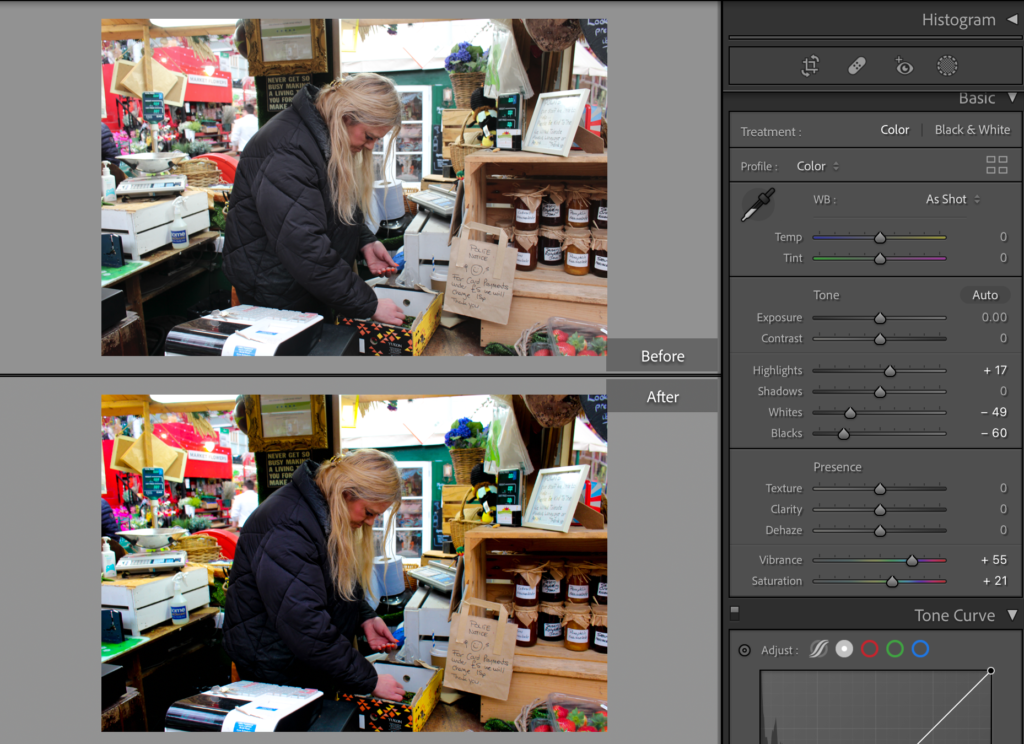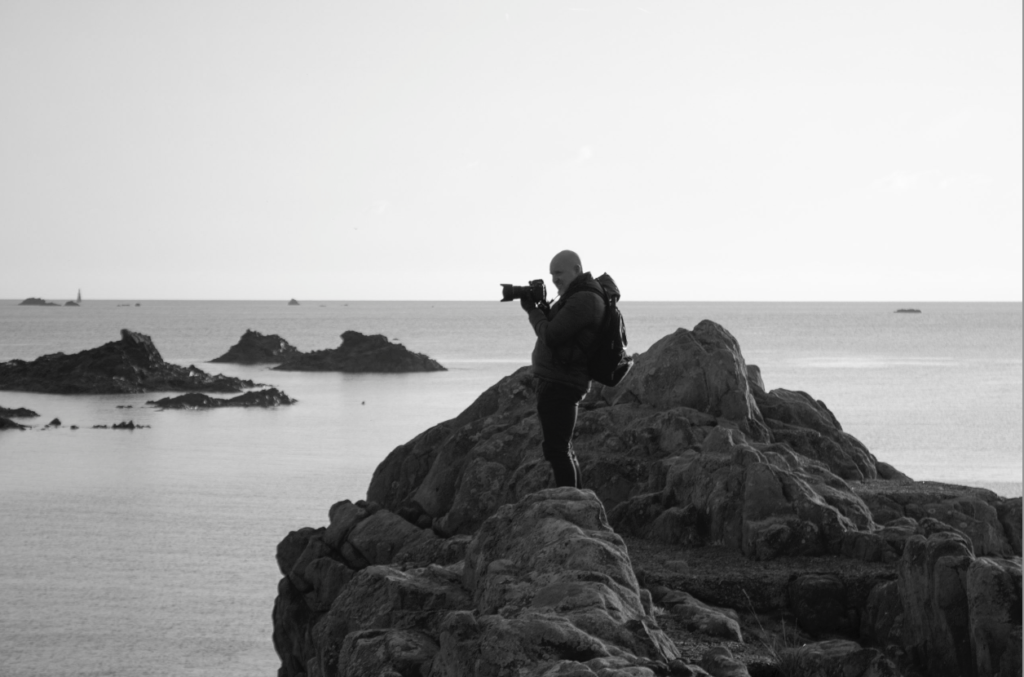Camera Obscura:
The “Camera Obscura” is a darkened room with a small hole or lens at one side and it is used to project an image onto a wall, like a modern day projector. This method was called “Pinhole photography”, which has been used since the 1550’s and it was used mostly for drawing and painting, this concept was later developed into the Camera.

Light from an external scene passes through the hole and strikes a surface inside, where the scene is reproduced, inverted and reversed, but with colour and perspective preserved. The Camera Obscura was actually made to study solar eclipses without damaging your eyes from looking at the sun.
Nicéphore Niépce:

Nicéphore Niépce was a French inventor who is the Inventor of Photography. In 1826, he invented the technique “Heliography”, the precursor to the Daguerreotype. He used the technique to take the first photograph ever called “View from the Window at Le Gras”:

Louis Daguerre:
Louis Daguerre was a French artist and photographer who invented the “Daguerreotype” in 1939 and developed the Diorama theatre.

The “Daguerreotype” was a tool used to help print images in physical form, the method was to polish a metal sheet of silver-plated copper and treat it with fumes to make the sheet light sensitive and exposing it to a latent image for usually a few seconds for bright photos and longer for darker photos, once the photo comes out you then fume it with mercury vapour. The dark parts of the image would turn out silver, making the bright parts stand out by the contrast.
The photos would turn out looking something like this, these are called positives:

Henry Fox-Talbot:
Fox Talbot was an English member of parliament, scientist, inventor and another pioneer of photography. He wanted to develop the three primary elements of photography: developing, fixing, and printing.

Accidentally, he found out that there was an image after the short exposure. To view it in bright light, he used a different chemical to remove the silver film. This could be done by using his invention called the “Calotype”:

Robert Cornelius:
Robert Cornelius was an American photographer and pioneer in the history of Photography, he took the first photograph in the US by using a photographic plate he made in 1839. The photo was an image of himself, making it the first self portrait in the US too:

He wanted to improve on the daguerreotype, so he made his own plate and took this portrait outside his family store and it required him to sit still for 15 minutes for it to produce.
Julia Margaret Cameron:
Julia Cameron was a well known British Photographer. She did lots of soft-focus close up pictures and portraits of Victorian men, women and children and is deemed “One of the most important portraitists of the 19th century” and is one of the early Photographers in lighting.

Her photos had many connections to Pictorialism and the Pre-Raphaelites movement.
Here are some of her photos:
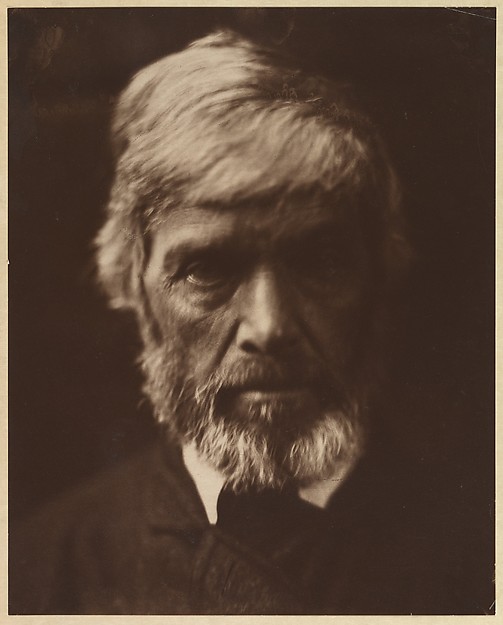



Pictorialism was an approach to Photography that emphasizes the beauty of subject matter, tonality and composition rather than the documentation of reality. Began in the 1860’s, it viewed the camera as a tool for making an artistic statement, similar to a paintbrush.
Henry Mullins:
Henry Mullins was a photographer who set up a studio called “The Royal Saloon” in Jersey 1848. His speciality was “cartes de visite” photos which was a type of small photograph. He would use these to take portraits of families and officers:




Bibliography:
Camera Obscura: https://en.wikipedia.org/wiki/Camera_obscura
Nicéphore Niépce: https://en.wikipedia.org/wiki/Nic%C3%A9phore_Ni%C3%A9pce
Louis Daguerre: https://en.wikipedia.org/wiki/Louis_Daguerre
Henry Fox-Talbot: https://en.wikipedia.org/wiki/Louis_Daguerre
Robert Cornelius: https://en.wikipedia.org/wiki/Robert_Cornelius
Julia Margaret Cameron: https://en.wikipedia.org/wiki/Julia_Margaret_Cameron
Henry Mullins: https://www.theislandwiki.org/index.php/Henry_Mullins











